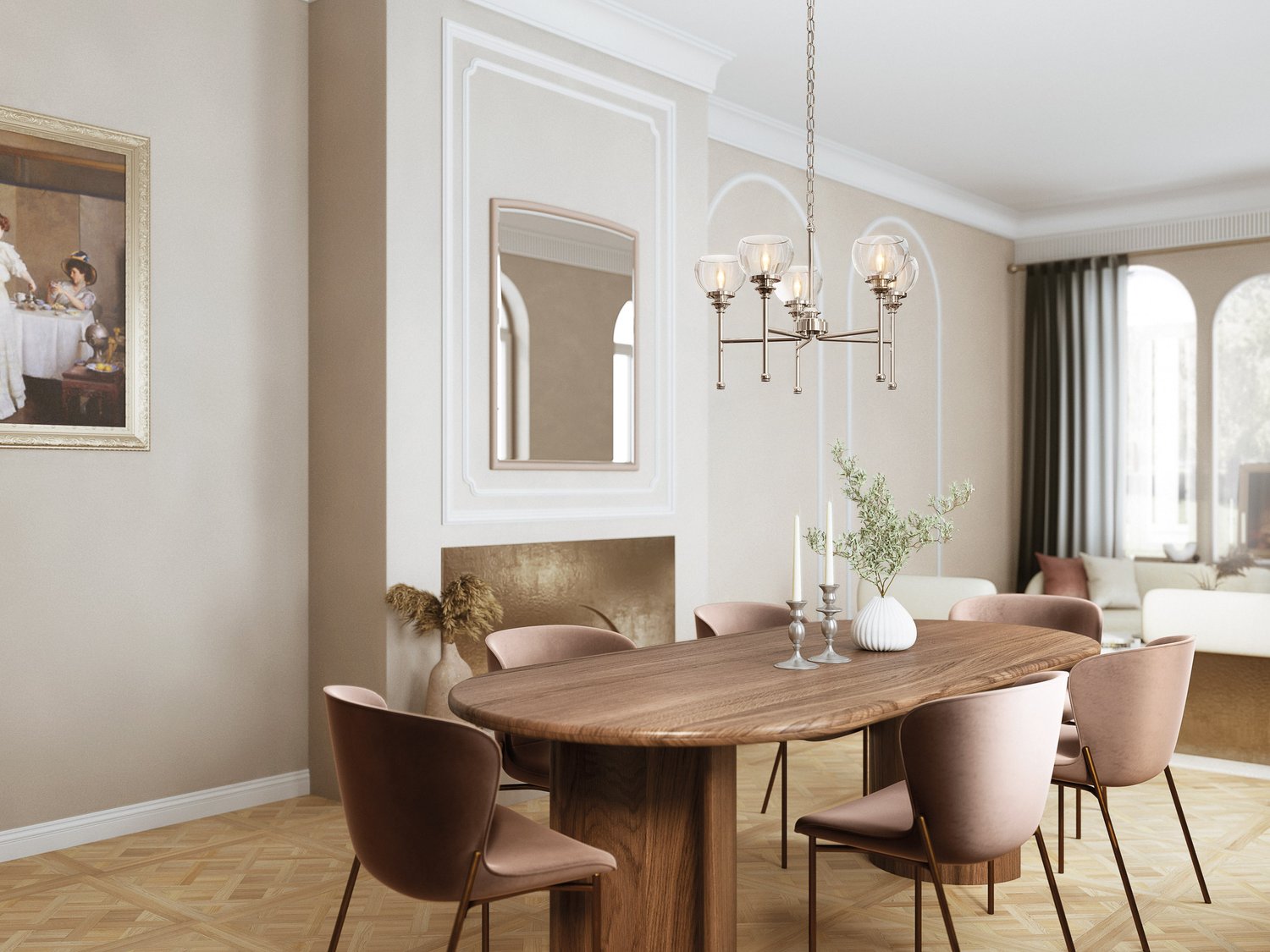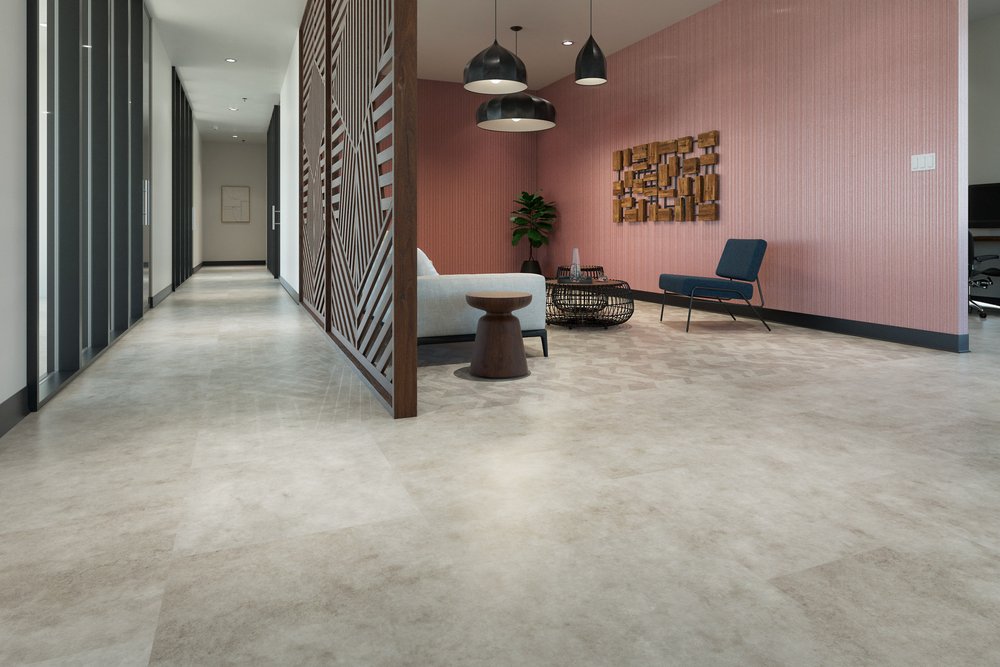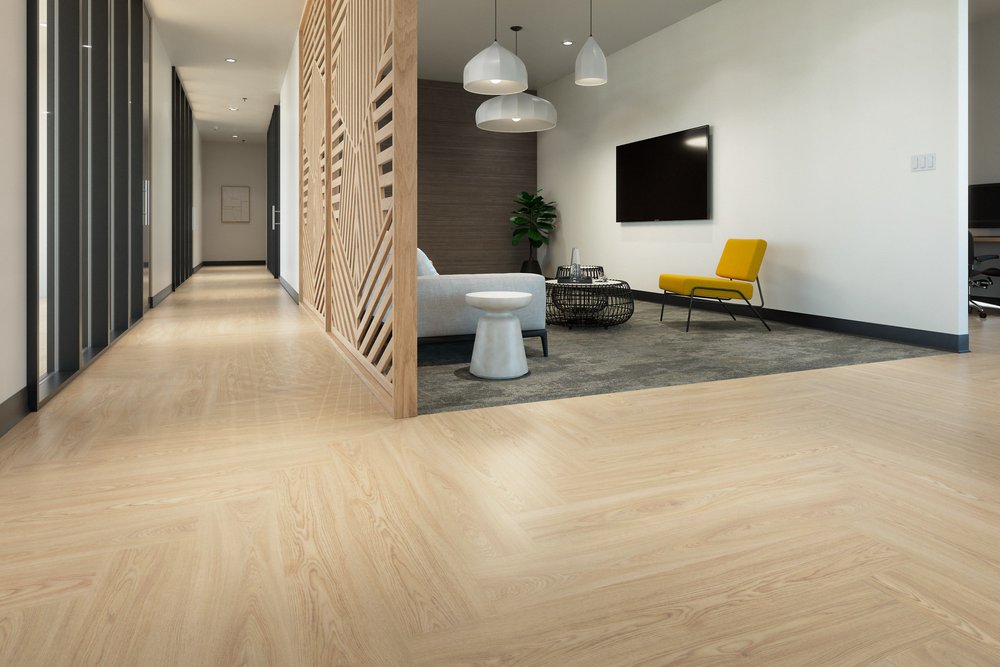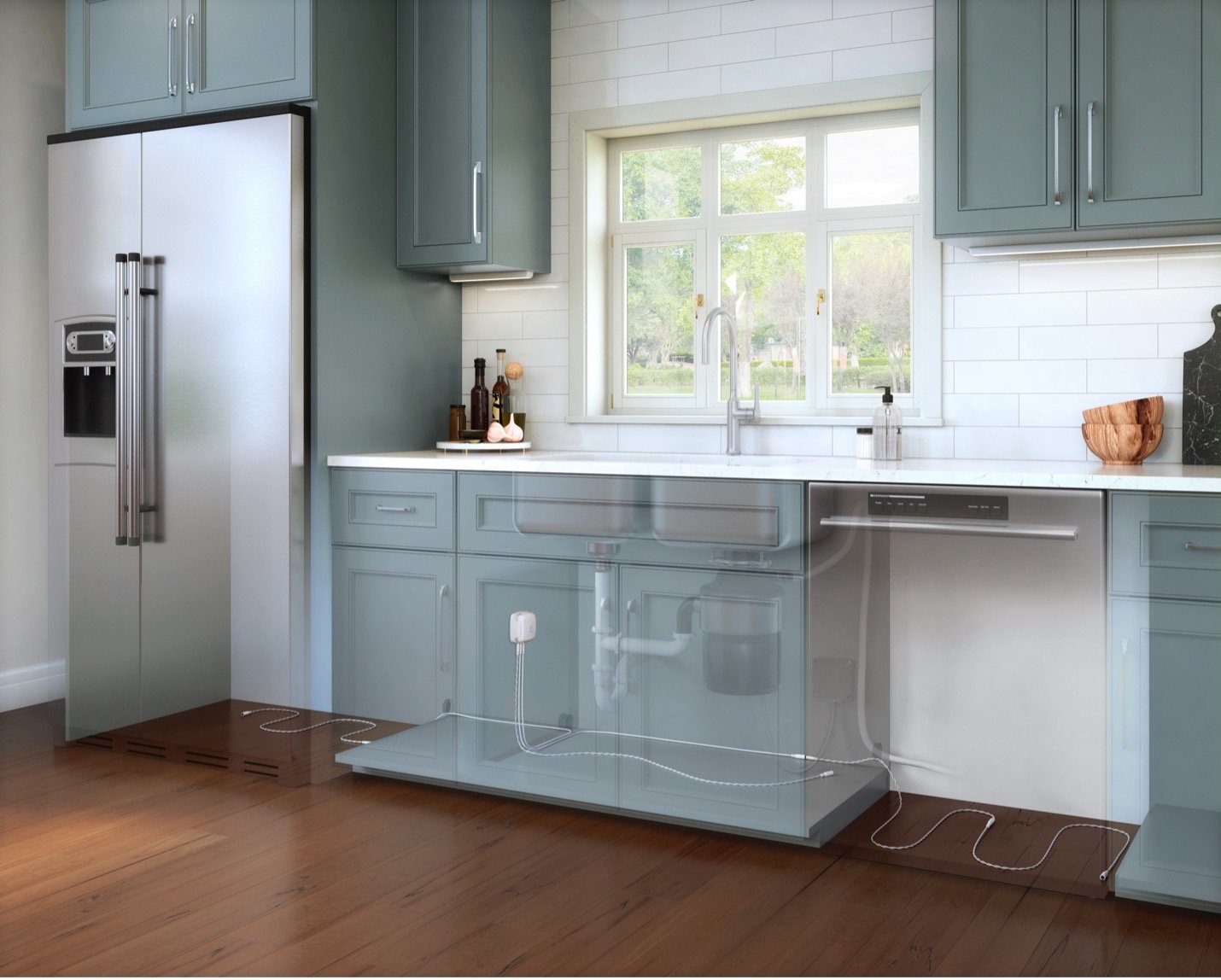From watching home renovation shows on TV, everyone knows how important it is to have an excellent designer style a room perfectly. The design team at TRG creates beautiful physical spaces in our studio daily as they work and re-work our sets to fit our client's needs. However, some commercial photo and video projects must be created in a virtual environment. For these rooms, built entirely in a CGI (Computer Generate Imagery) world, the input and creativity of the stylist are just as important.

Designing for a CGI environment is remarkably similar to designing for a tangible room since elements of good design theory will always apply. Blurring the digital line further, all projects start on a computer screen. As part of the design process for any project, our stylists use software that allows them to visualize how the room will look when it's finished. In that regard, all rooms are styled virtually at their start. So, what are the differences when designing for a CGI space?
Working with CGI Artists vs Construction
When a set is built in the studio, the designer and stylist work with the construction team to ensure everything is completed according to the blueprint or plans. For a virtual room, the designer works with a CGI artist. The stylist and the CGI artist are in touch throughout the project to ensure that the finished image or animation will be as close to the original vision as possible.
Any changes to the design once the set is built can be costly. For example, after a set is built, a decision is made to change the type of flooring. This will add delays and costs to the project. When working on a CGI room, it is much easier and cheaper to change a design throughout the process.


Budgeting for props
For a physical set built in our studio, our stylists use props from our extensive collection or spend time researching and purchasing the right items from retailers. For a CGI room, digital props are also researched and purchased, but the price tag for a digital prop can be drastically lower. The perfect mid-century modern sofa may cost thousands of dollars for a set, but a digital version of a similar sofa may be well under a hundred dollars. And while all jobs will have a budget that must be followed, there will be less of an impact on the bottom line when buying CGI props.
Playing with proportions
When working on a physical set with real-life props, the stylist is confined to the reality of the space and the size of the objects within it. Perhaps a floor vase was selected as a visual element in the room. However, once this vase was in place, it just didn't look right because the proportions were off in relation to the rest of the space. The only solution to this problem would be to purchase a different vase that will work in the set. This same scenario in a CGI room plays out differently. With a virtual room, the designer can ask the CGI artist to adjust the proportion. Perhaps making the vase 10% larger is all that's needed to achieve the right balance, and that can be easily done with a few clicks within the program.
Designing impossible rooms
Of course, the one significant advantage of CGI over in-studio photography is that there are no constraints of reality. Suppose a client needed a room that was floating on the ocean with seawater as its carpet. In that case, there's obviously no practical, real-world solution to this challenge. Once designers are no longer bound to practicality, they can let their imagination run wild. Our CGI team can make any vision come to life.
Less fantastically, if a client needed to showcase a product inside a cabinet with the cabinet door closed, there is only one good solution to that problem. Using CGI allows the designer to create a beautiful space with selectively translucent doors.

A collaboration between a stylist and a CGI artist can create limitless possibilities. TRG has world-class talent and a proven track record of helping major brands tell their stories. Contact us today to find out how we can create the perfect CGI images and animations for you.



